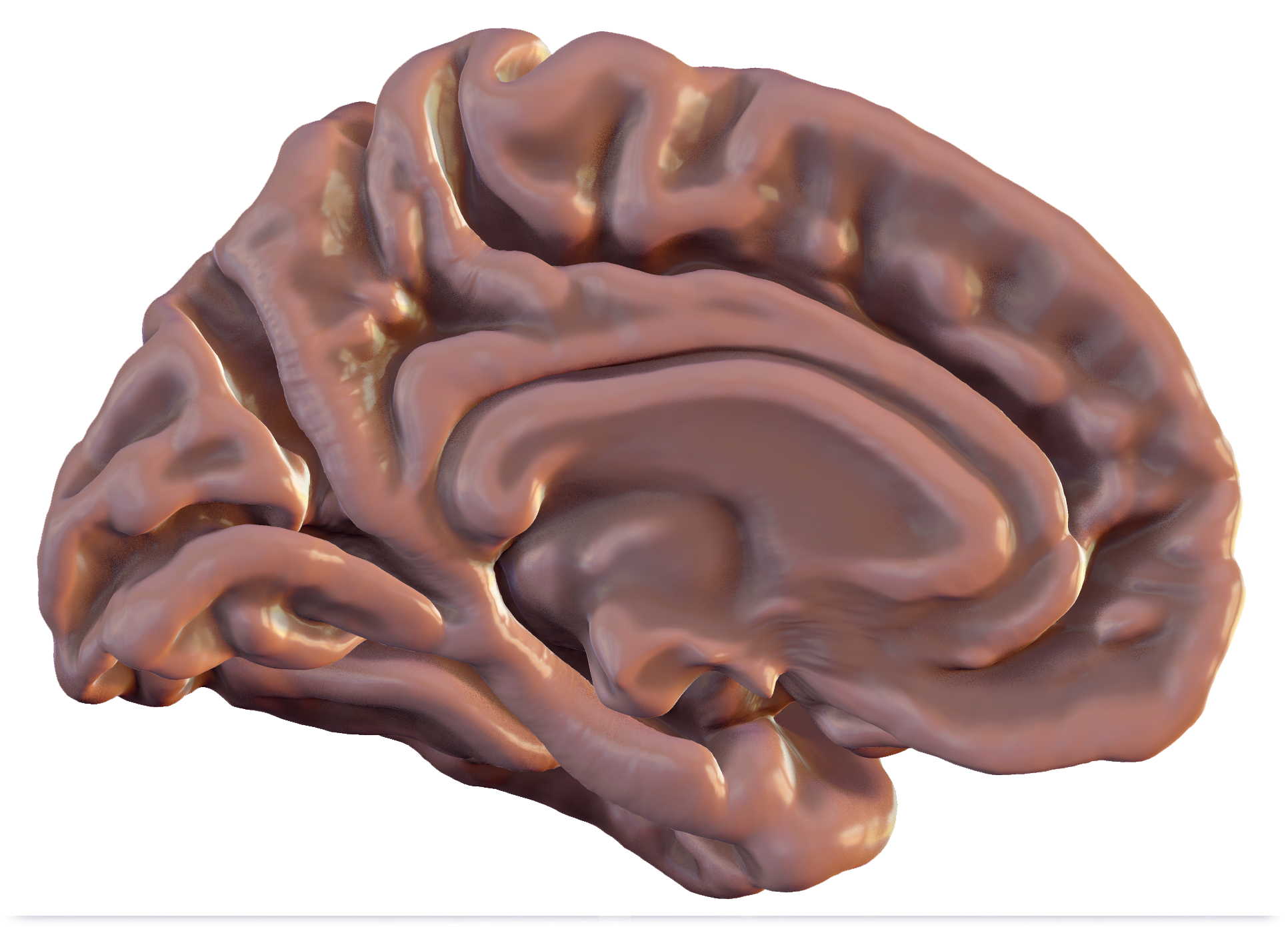Project: Photorealistic rendering of the human brain
Description

The proposed project aims to develop novel methods for photorealistic rendering of diffusion MRI datasets by integrating advanced cinematic rendering technologies, path-tracing algorithms, and global illumination models. Diffusion MRI is an essential tool for studying neural connections and tissue architecture, but its traditional visualization methods often lack the level of realism necessary to fully interpret the data. This project seeks to bridge that gap by simulating the complex paths of billions of photons interacting with volumetric diffusion MRI data, thereby capturing detailed lighting effects such as soft shadows, depth of field, and ambient occlusion. These techniques, derived from cinematic rendering, will allow for the generation of highly realistic three-dimensional images that enhance the visibility of subtle microstructural features within the brain.
Details
- Student
-
RRRenée Rulkens
- Supervisor
-
 Maxime Chamberland
Maxime Chamberland
- Secondary supervisor
-
 Bram Kraaijeveld
Bram Kraaijeveld